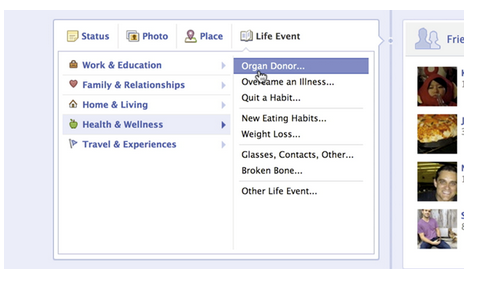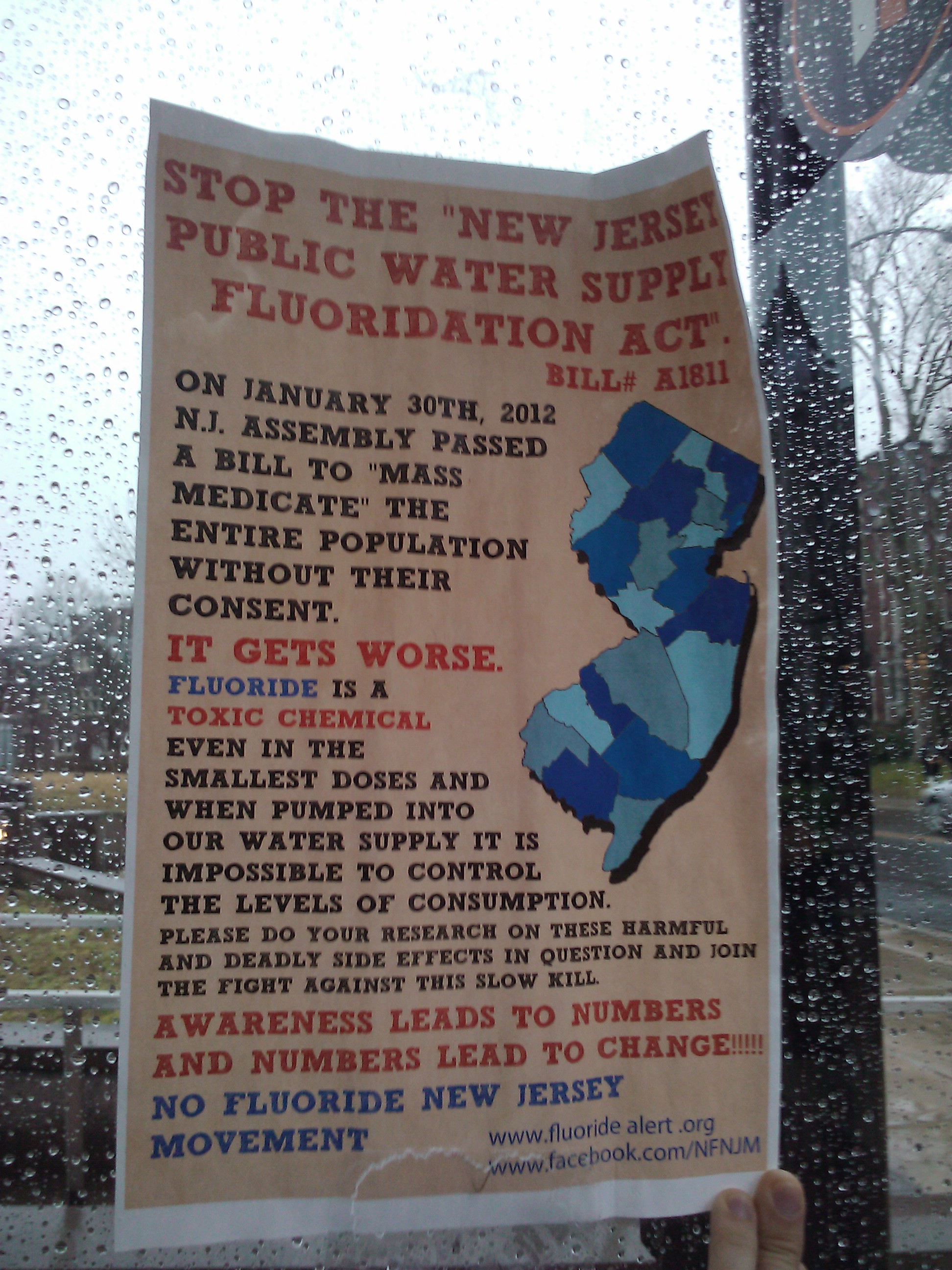When you're a public health grad student and something related to health hits the news, your friends make sure you see it. Since there's a lot of bad science writing on the internet this can be rather frustrating. In the last few hours I've seen several people post this to Facebook, and another emailed me with the subject line "Woh" and asked if this was too good to be true....
So what's the story? Techcitement has a breathless article titled "The Best Birth Control In The World Is For Men" by Jon Clinkenbeard, which he followed up with "Could This Male Contraceptive Pill Make a Vas Deferens in the Fight Against HIV?" The first article starts with this hook:
If I were going to describe the perfect contraceptive, it would go something like this: no babies, no latex, no daily pill to remember, no hormones to interfere with mood or sex drive, no negative health effects whatsoever, and 100 percent effectiveness. The funny thing is, something like that currently exists.
Clinkenbeard is describing RISUG, or "Reversible inhibition of sperm under guidance." Wikipedia explains:
RISUG is similar to vasectomy in that a local anesthetic is administered, an incision is made in the scrotum, and the vas deferens is tugged out with a small pair of forceps. Rather than being cut and cauterized, as it is in a vasectomy, the vas deferens is injected with [a] polymer gel and pushed back into the scrotum.
Sounds awesome? Why don't we have it already? Clinkenbeard continues:
The trouble is, most people don’t even know this exists. And if men only need one super-cheap shot every 10 years or more, that’s not something that gets big pharmaceutical companies all fired up, because they’ll make zero money on it (even if it might have the side benefit of, you know, destroying HIV).
Before you go injecting something in your scrotum... not so fast! Yes, in one sense it exists. But on the other hand we don't really know how well it works, and we don't really know how safe it is. Clinkenbeard makes it sound like it's a done deal, and claiming that Big Pharma is standing between you and the cure for babies (not to mention HIV!) certainly helped the article go viral. He then links to a bunch or articles and a few petitions.
While pharmaceutical companies do all sorts of things to manipulate data (start here if you don't believe that), I think they could actually make TONS of money on this if it worked. The price of medicines isn't usually based on how much they cost to manufacture but on how much they can be sold for, and I think there's clearly a market for male contraception: just think how much men would pay for the insurance to both avoid pregnancy and not have to use condoms. A drug company could conceivably make a lot of money off this product by getting it to market first.
Guha's initial studies were very small. A Phase II clinical trial published by Guha et al in 1997 featured a grand total of 12 men (PDF). (It also contains this humorous understatement: "Objective data on posttreatment frequency of intercourse could not be obtained.") In another study 20 men received an injection, but one man's partner still got pregnant.
Before a drug can (or should) go to market, it needs to be tested for both efficacy and safety, and everything needs to be done up to certain standards. Guha's original work wasn't. From a Wired article on RISUG by Bill Gifford, published this time last year:
In its report, the WHO team agreed that the concept of RISUG was intriguing. But they found fault with the homegrown production methods: Guha and his staff made the concoction themselves in his lab, and the WHO delegation found his facilities wanting by modern pharmaceutical manufacturing standards. Furthermore, they found that Guha’s studies did not meet “international regulatory requirements” for new drug approval—certain data was missing. The final recommendation: WHO should pass on RISUG.
These barriers can be overcome, if the researchers can get the investment necessary to make high quality product and run clinical trials. The Wired article describes how they've made progress and are now running clinical trials in India -- but the results are still a few years out. In the same article we get this:
"Pharmaceutical companies are not interested in one-offs," Weiss says. "They’re interested in things they can sell repeatedly, like the birth control pill or Viagra."
But that's not as true as it used to be. These arguments used to explain why pharmaceutical companies didn't invest in developing vaccines, but then they realized they could charge obscene amounts for individual doses -- orders of magnitude higher than what they charged before. They've managed these high prices because 1) there are always new cohorts of kids needing the vaccine (as there would be with men needing RISUG) and 2) because the health benefits are so large that even at the higher prices the vaccines are cost effective.
So are pharma companies just disinterested in male contraception? No. For quick and dirty evidence check ClinicalTrials.gov, where US clinical trials must be registered. I find 436 studies on contraception, of which 84 are specifically about male contraception. There's a disparity there, but it's explained in part by the fact that many of the non-male contraception studies are about delivery methods (like this one involving text message reminders) and you can't even start do this sort of research on male birth control before we have effective methods. Maybe they're under-investing a bit -- drug R&D is risky, as firms spend an average of $1.3 billion on research for every one drug brought to market -- but it's not being ignored.
In closing, that Wired article from last year has some of the same breathless new-techthusiasm as the new Techcitement piece, but it's a lot better at explaining where things stand today. Clinical trials in India are ongoing, but it will be another year or so before we hear any results. If those are considered high quality and they're successful, it might spur the drug behemoths to up the massive amounts required for clinical trials in the US.
Generally, getting your science news from the coauthor of "The Pirate Treasure of the Himalaya" does't seem like the best idea. Drugs and treatments fail at every stage of the clinical trials pipeline, and that's a good thing because it means consumers will be less likely to spend money on ineffective or unsafe drugs. If everything works out with RISUG, it could be an incredible success story and a great public health tool. There might well be hope on the horizon, but contrary to Clinkenbeard's assertions we don't yet know very well if this works, and we don't yet know if it's safe. For that, we need good ole clinical trials, not petitions.




